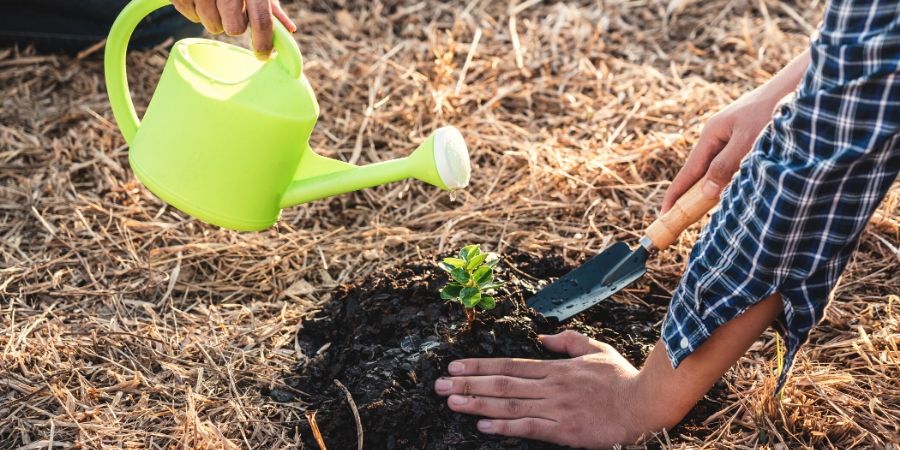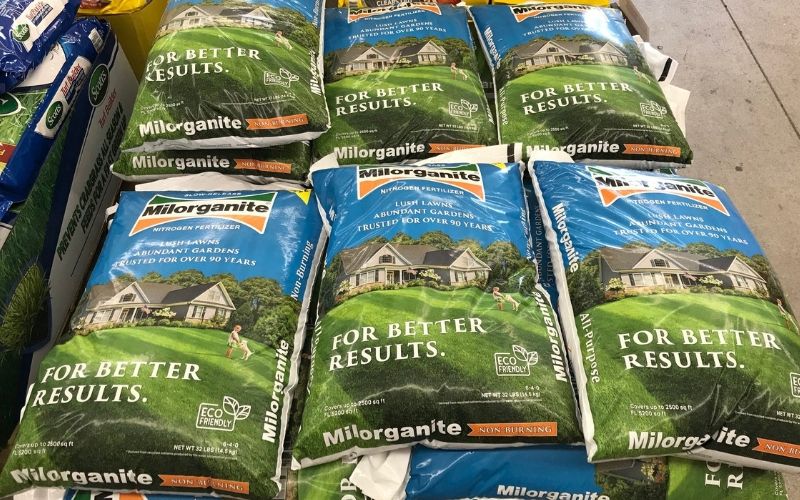Tree and Shrub Application Rates
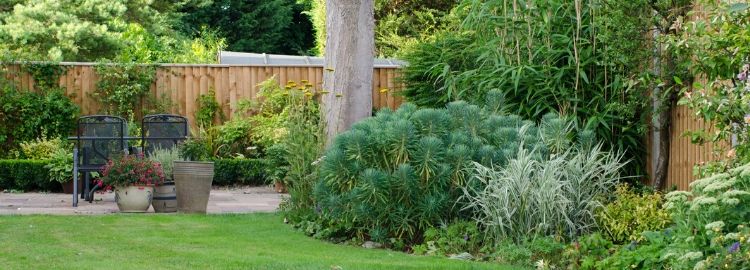
When to Fertilize Trees and Shrubs?
Typically, if trees or shrubs are growing in a lawn that is regularly fertilized, there is little need to fertilize them separately. The roots of trees and shrubs will absorb some of the fertilizer applied to the lawn. However, trees and shrubs growing in planting beds may need to be fertilized, especially on sandy soils with little or no organic matter. Learn how to determine if your trees and shrubs could benefit from additional nutrients this season.
Cool Season Climates
Deciduous Trees: Fertilize deciduous and flowering trees in early spring before the buds begin to swell or in late fall after the leaves start to take on fall color and drop. Do not apply in mid-summer to avoid vegetative growth late in the season making the tree susceptible to winter injury.
Evergreens: Fertilize in early spring or late fall.
Shrubs: Fertilize in early spring or late fall. Most shrubs only have one flush of growth during the year, which typically ends in early to mid-summer. Summer applications can cause new growth making the shrub more susceptible to winter injury.
Warm Season Climates
Trees, shrubs, and groundcovers can be fertilized 4-6 weeks after planting. Typically two applications per year, once in early spring and again in fall. Fall applications provide the plants with nutrients over the cool months and facilitate a nice flush of growth come spring.
For species-specific fertilization information please contact your local county extension offices.
| Planting Type | Application Rate | Suggested Application |
|---|---|---|
| Established Tree | 5 lbs per inch of trunk diameter | Pour into holes (1” wide x 12” deep) spaced 2 feet apart along drip line. The second best option is to broadcast Milorganite in a circular band around the drip line of the tree. |
| Transplanted Tree | ½ lb per foot of tree height | Mix with soil at the bottom of the planting hole prior to inserting the transplanted tree. 3 months later, hand spread an equal amount of Milorganite slightly past the drip line. |
Milorganite Tree Application:
Drilling holes around the drip line of a tree is the most effective Milorganite application method and will help avoid fertilizer run-off.
The second-best method is to surface broadcast Milorganite in a circular band around the drip line of the tree. Use a broadcast spreader, or put the fertilizer in a shaker jar and “pepper” the ground with the fertilizer as you walk around the drip line of the tree. To help avoid run-off water in Milorganite after application.
If your trees are in the lawn that is fertilized regularly, you do not need to make separate applications to the tree unless you see signs of distress or you have sandy soil.
Drip Line
A tree's drip line is the imaginary ring on the ground directly below the outer circumference of the tree’s branches. For deciduous trees, fertilize a few feet beyond the drip line. Water trees along their drip lines instead of at the base of their trunks to prevent root rot.
Iron-Loving Trees
The iron in Milorganite is especially good for trees, such as oaks, that thrive with iron in their diet.
| Planting Type | Application Rate | Suggested Application |
|---|---|---|
| Established shrub beds | 5 lbs per 100 sq ft | Scatter uniformly over the soil surface and work in with a hoe or rake. For individual shrubs, apply 1 lb of Milorganite per shrub in the root area. |
| Transplanting shrubs | ½ lb per feet of shrub height | Loosely mix with soil at the bottom of the hole prior to inserting shrub. 3 months later, hand spread 2 lbs of Milorganite under the plant and lightly rake into the soil. |
Tree and Shrub Articles
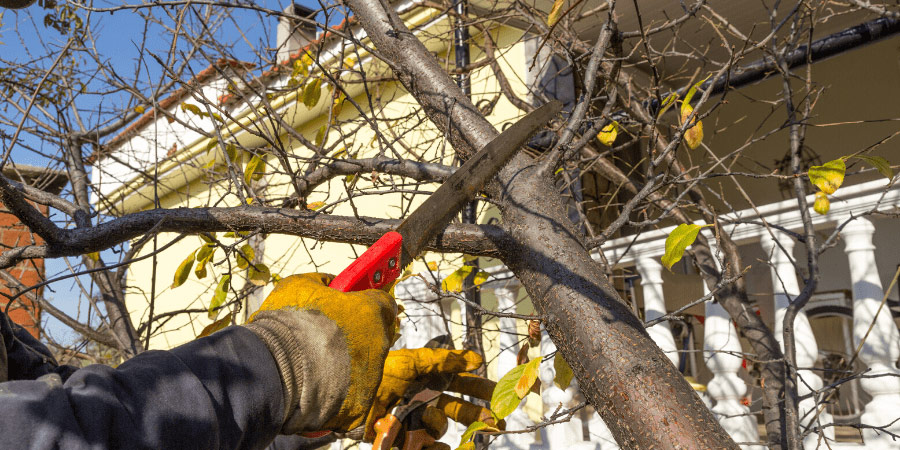
How to Prune Dormant Trees and Shrubs
by Joe Lamp'l
Gardening Expert and Host of Growing a Greener World®
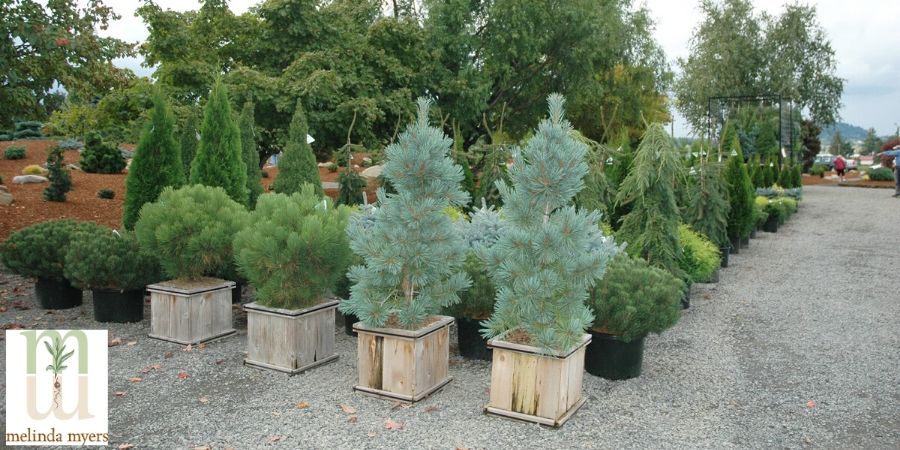
Do’s & Don’ts for Trees and Shrub Planting and Maintenance
by Melinda Myers
horticulturist and gardening expert
Tree and Shrub Videos
Related Garden Tips

Fruit and Vegetable Application Rates
Learn how much Milorganite to apply to your fruits and vegetables.
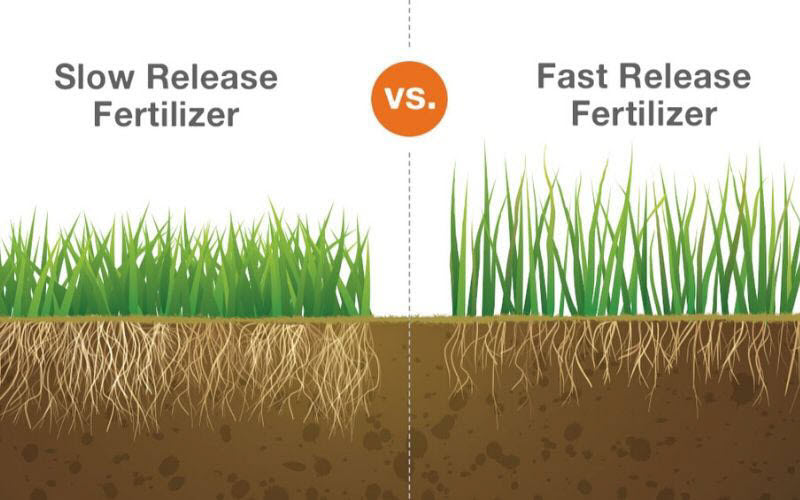
Organic vs. Synthetic Fertilizer
Learn the differences and benefits of organic and synthetic fertilizers.

